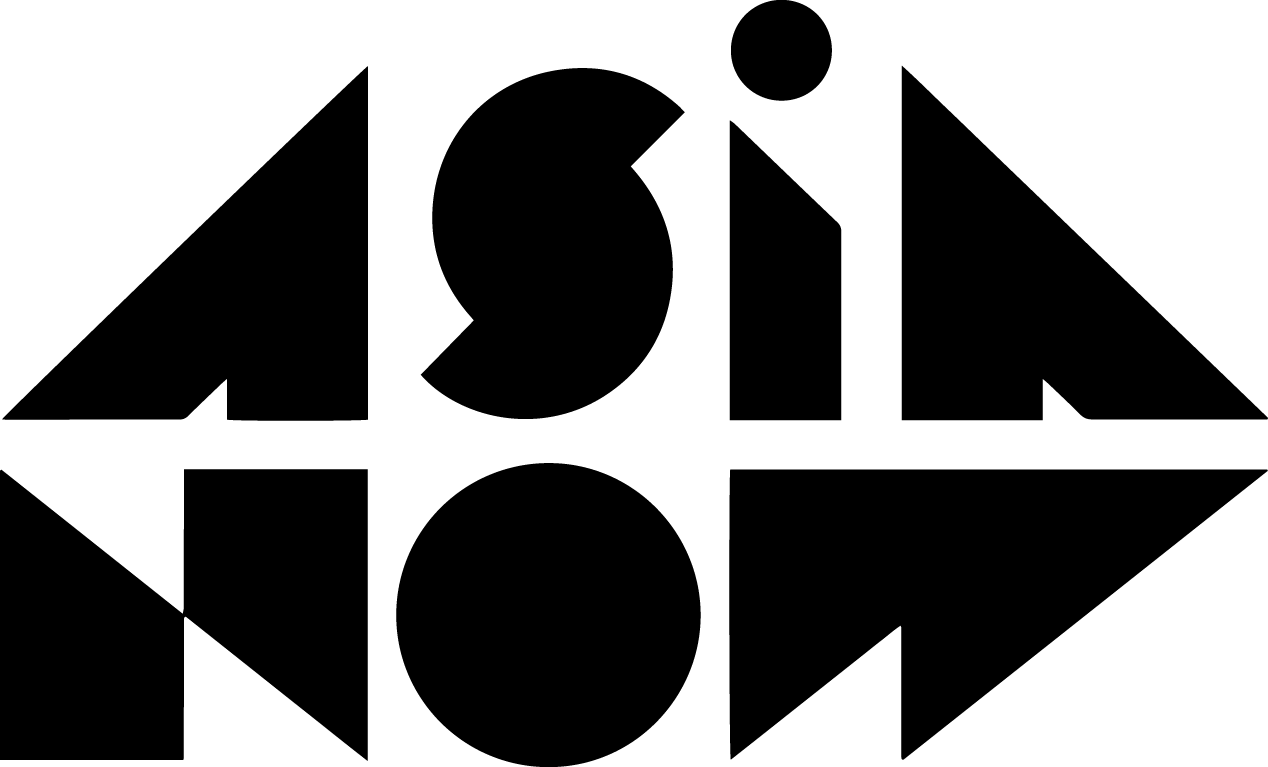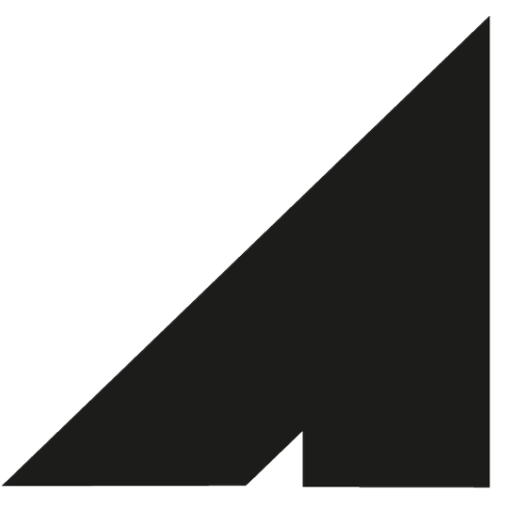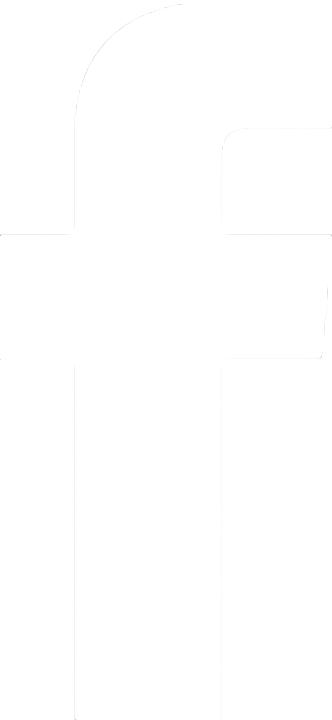Curatorial Theme
Under the evocative title “Grow”, this year’s Curatorial theme invites audiences to witness how perceptions take root and transform our understanding of the world.
Under the evocative title GROW, the 2025 edition of ASIA NOW articulates a vision of art as a fertile ground for transformation, dialogue, and collective flourishing. More than a theme, GROW becomes a framework through which we engage with the shifting landscapes of identity, culture, and belonging, urging us to move beyond the constraints of geographical, historical, and cultural binaries. Growth here is not a singular trajectory but a multiplicity of roots, extending across borders and traditions, entangling the local and the global, the ancestral and the contemporary.
At the heart of this edition lies an invitation to reflect on how perceptions take shape, expand, and alter the way we encounter each other in an increasingly fluid world. GROW calls attention to the transformative potential of art—its capacity to plant seeds of empathy, to germinate connections across difference, and to cultivate the imagination required for new modes of living together.
Aligned with Leela Gandhi’s evocative concept of “affective communities,” ASIA NOW 2025 foregrounds the fragile, often understated gestures through which bonds of solidarity and friendship emerge. Gandhi reminds us that communities are not forged solely through shared origins or histories, but through unexpected affinities and ethical attachments that cross cultural divides. An artist working with material from their ancestral soil, for instance, may encounter a viewer from another geography who recognizes in that gesture the light of their own memory—whether tied to earth, craft, or ritual. In this moment, an affective community takes root: not grounded in sameness, but in a resonance that links distinct origins through shared sensibility. These affective threads—woven through acts of sharing, listening, and remembering—become essential sites of ethical and aesthetic engagement.
Curatorial text by Anissa Touati
West & South Asia
For this edition, Asia NOW brings to the fore a plethora of voices, embracing the richness that emerges when diverse perspectives take root together. A chorus of curators and institutions will shape the public program across La Monnaie de Paris.
Unfolding across La Monnaie de Paris during the fair, Asia NOW’s curated program of installations, performances, screenings, and conversations brings West Asia and South Asia to the forefront, featuring major contributions from international institutions, foundations, art centers, and gallery-supported artists.
Among them: John Tain, Curator of the Lahore Biennale; Natasha Ginwala, Artistic Director of COLOMBOSCOPE, Curator of Sharjah Biennial 16: to carry; Hajra Haider Karrar, Guest Curator of COLOMBOSCOPE Festival 2026; Anissa Touati, Researcher at Brown University, USA, Curator of the Biennale BCK in Greece; Arnaud Morand, Independent Curator, Head of Arts at Afalula; Eunice Tsang, Founder of Current Plans and Associate Curator at M+ museum; Sahil Arora, Founder of Method Art Space, India; Zohreh Deldadeh, Researcher and Curator, Poush resident 2024; Victoire de Pourtales, Curator, Co-Founder 91530 Le Marais, Art & Farming.
Focus on West Asia
As the art world’s compass continues to tilt, “Asia” is no longer a one-size-fits-all concept stretching neatly from Tokyo to Tehran. This year, Asia NOW invites us to rethink our directional assumptions with the theme My East is Your West—a playful and poignant nod to the cultural relativity of geography. West Asia—more commonly referred to as the Middle East—has stepped into a new discursive and curatorial spotlight. From Beirut to Riyadh, Dubai to Ramallah, the region’s cultural ecosystems are asserting engagement on their own terms. What was once considered a periphery is actively reconfiguring the map, reminding us that cultural gravity rarely respects cartographic conventions.
In this spirit, Asia NOW 2025 extends an open invitation to engage with adjacent geographies—bringing West Asia into sharper focus as an integral and generative part of the conversation. This curatorial gesture resists rigid regionalism, instead treating Asia as a mutable paradigm: philosophical rather than purely geographic, plural rather than monolithic. In this post-Western moment, where contemporary art’s traditional centers are increasingly decentered—the fair turns its attention toward more agile, hybrid, and often grassroots-led initiatives across the Middle East. Rather than echoing the familiar narrative of mega-infrastructure and state-driven spectacle, the spotlight here is on the porous, the emergent, and the in-between.
Under the Aegis of the Moon - Han Mengyun
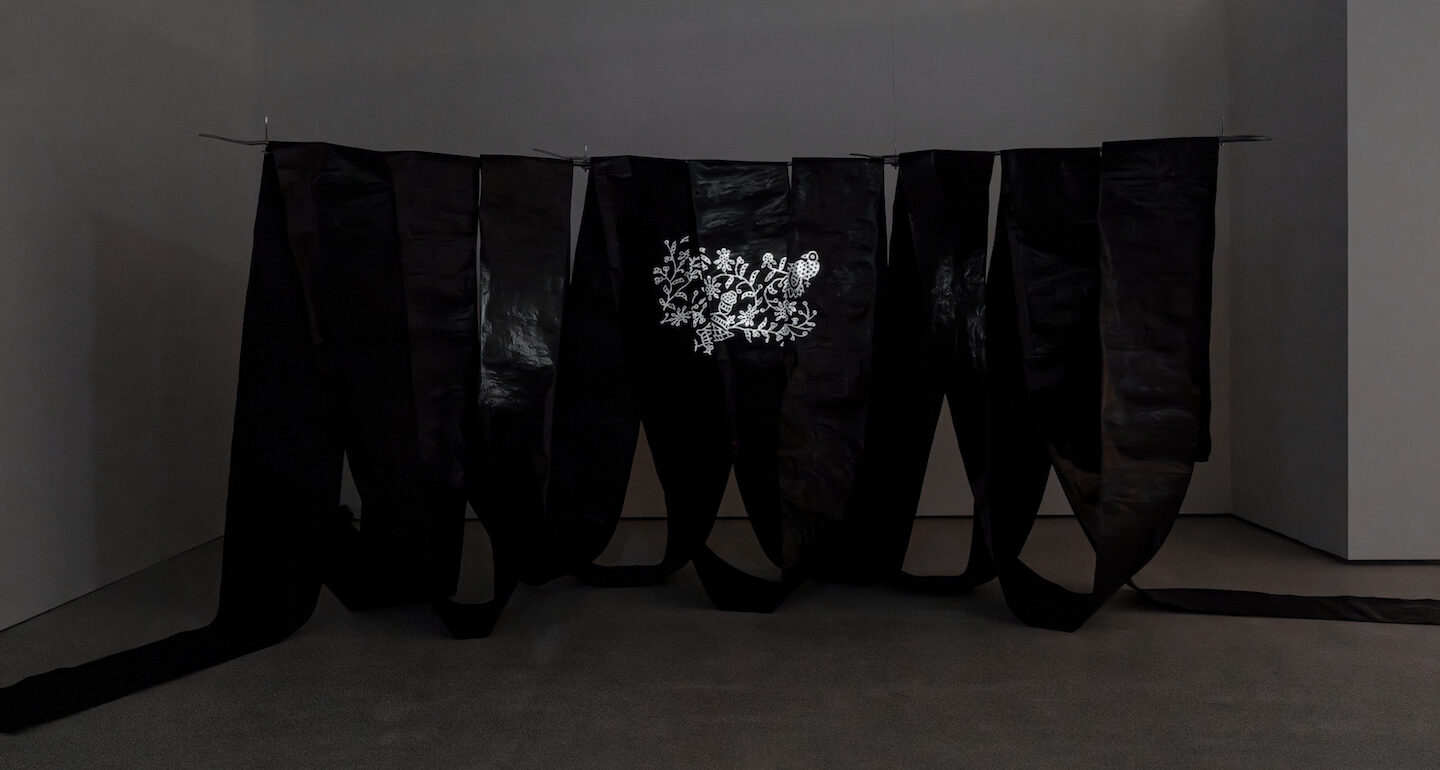
Under the Aegis of the Moon is a commissioned project by Chinese artist Han Mengyun and curated by Arnaud Morand, proposed by the French Agency for AlUla Development (AFALULA) — a performative installation that weaves together poetry and video to evoke the quiet majesty of the moon.
Structured around a sequence of poems that unfold in tandem with the lunar rise, the work pays homage to the night as a space of reflection, intuition, and revelation. It foregrounds the sincerity of poetic expression as something that demands presence, vulnerability, and aliveness. This poetic proposition is deeply rooted in the artist’s experience during a research residency in AlUla, where landscape, silence, and time coalesced as sources of creative clarity.
© Han Mengyun 2025
Ghost of Today and Tomorrow - Ahaad Alamoudi
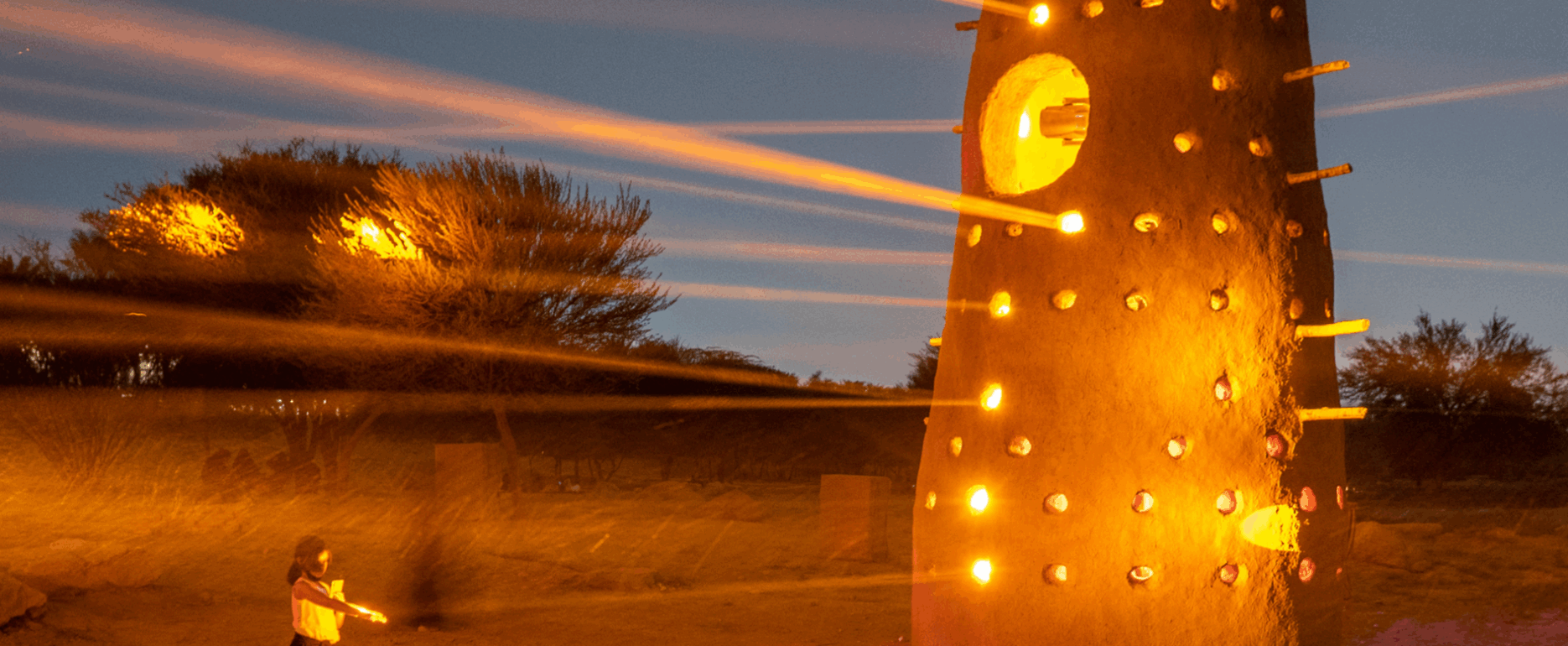
Ghost of Today and Tomorrow by Ahaad Alamoudi, a project presented by Arts & Ideas – an initiative by the Saudi Visual Arts Commission.
© Ahaad Alamoudi, VAC
Mohammed Al Faraj
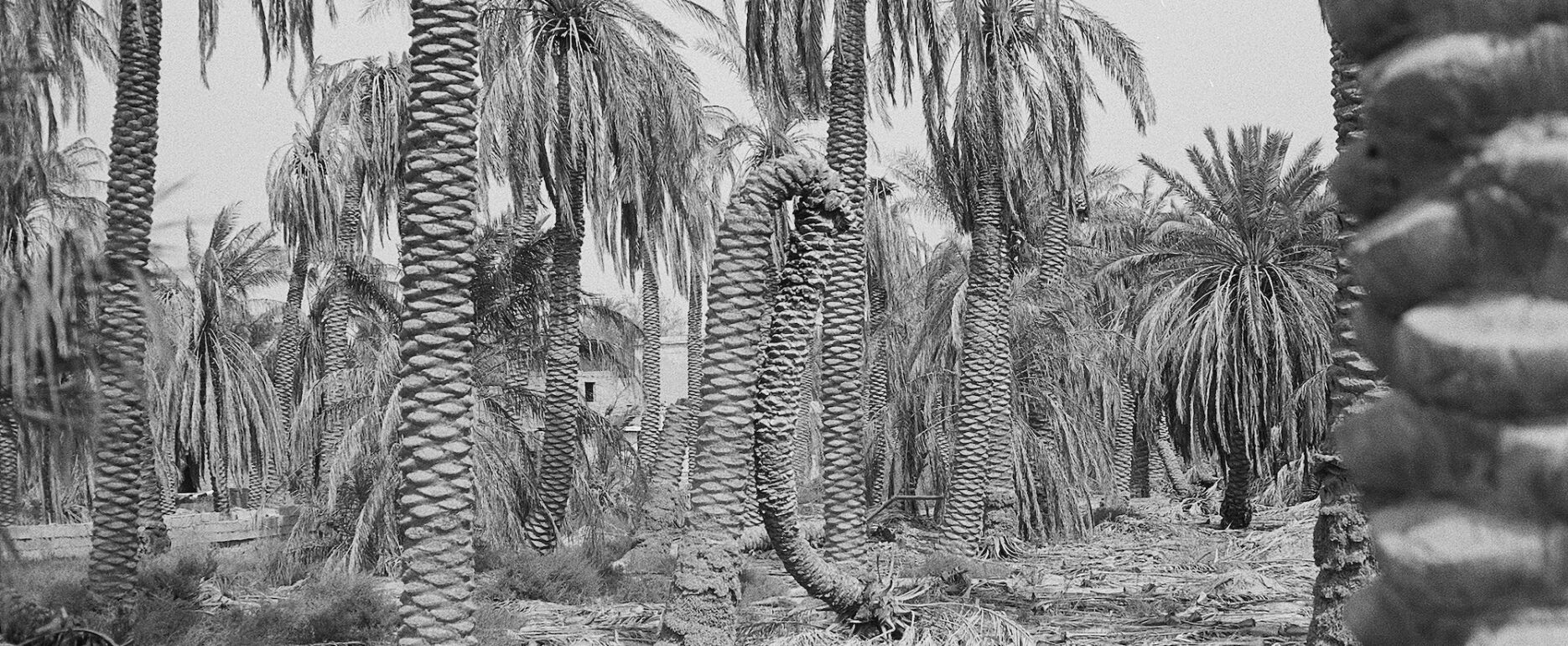
Mohammed Al Faraj will transform the entrance of the Monnaie enveloping each column in prints of palm trees echoing the landscape of his native Al Hasa.
© Mohammed Al Faraj
Threaded Whole - Pascal Hachem

Pascal Hachem (Lebanon) presents Threaded Whole, a performance centered on the idea of “growing memory,” revisiting the notion of community and exploring how memory is shaped through absence, rupture, and everyday objects.
With special thanks to Alserkal.
© Pascal Hachem
Topographies of Belonging, Homeskins I to VI - Muhannad Shono

Muhannad Shono presents Homeskins I–VI, sculptural forms of burnt foundry sand reimagining land and self as one surface. Within Asia NOW’s GROW programme, the work reflects on migration, belonging, and re-rooting—turning displacement into an act of renewal and care.
© Muhannad Shono
I like never, I also like ever - Sarah Brahim

Sarah Brahim presents I like never, I also like ever, a video installation where two levitating bodies in slow, cyclical motion explore transformation and resilience through suspended time, turning movement into meditation and the body into a site of renewal.
This artwork was originally commissioned by Vittoria Matarrese and Villa Heleneum (Bally Foundation) for the artist’s solo exhibition “Sometimes We Are Eternal” in 2024.
© Sarah Brahim
Emanet - Vuslat

Vuslat’s diptych embodies “emanet”, the ancient practice of entrusting care without expectation, revealing renewal through two phoenixes rising from ashes. The sparrow’s flight symbolizes hopeful transformation and reciprocal growth, echoing a shared ethic of trust and responsibility. This work channels interconnectedness and collective flourishing, reflecting how art cultivates new communities and multiplies bonds across time and place. In essence, it is a powerful meditation on growth as a dynamic, living exchange rooted in memory and care.
Curated by Anissa Touati
© Vuslat
Focus on South Asia
The Focus on South Asia Public Program brings together major voices and platforms shaping the region’s contemporary cultural landscape. The Lahore Biennale Foundation (Pakistan), under the curatorial direction of John Tain, convenes intergenerational perspectives from Pakistan. Colomboscope (Sri Lanka), the leading interdisciplinary arts festival in Colombo, presents a performance by Chathuri Nissansala and a conversation between curator Hajra Haider Kaddar and artist Basir Mahmood, alongside a screening of works by Nepalese artist Subas Tamang, whose practice examines caste, Indigenous identity, and memory. From India, the Kochi-Muziris Biennale, represented by Shwetal Ashvin Patel, founding member of the Biennale, Anissa Touati, Researcher at Brown University, USA, Curator of the Biennale BCK in Greece and artist-curator Nikhil Chopra, reflects on the forthcoming edition For the Time Being, while also sharing a curated film from the Jaipur Centre for Art’s programme Artists’ Cinema / Artist’s Cinema, celebrating cinema as an artistic and collective form.
Of Mountains and Seas - The Lahore Biennale Foundation

Curated by John Tain (curator of the Lahore Biennale), the exhibition brings together intergenerational Pakistani voices.
Artists on view:
Hamra Abbas, Feroza Hakeem, Imran Qureshi, Fazal Rizvi, Mella Jaarsma
With the support of Ambassade de France au Pakistan and Pakistan International Airlines
© Fazal Rizvi, How to Become a Rock – a fall, a poem, a wish, a score, a manifesto, 2024
Reenactments of Lost Rhythms - Colomboscope
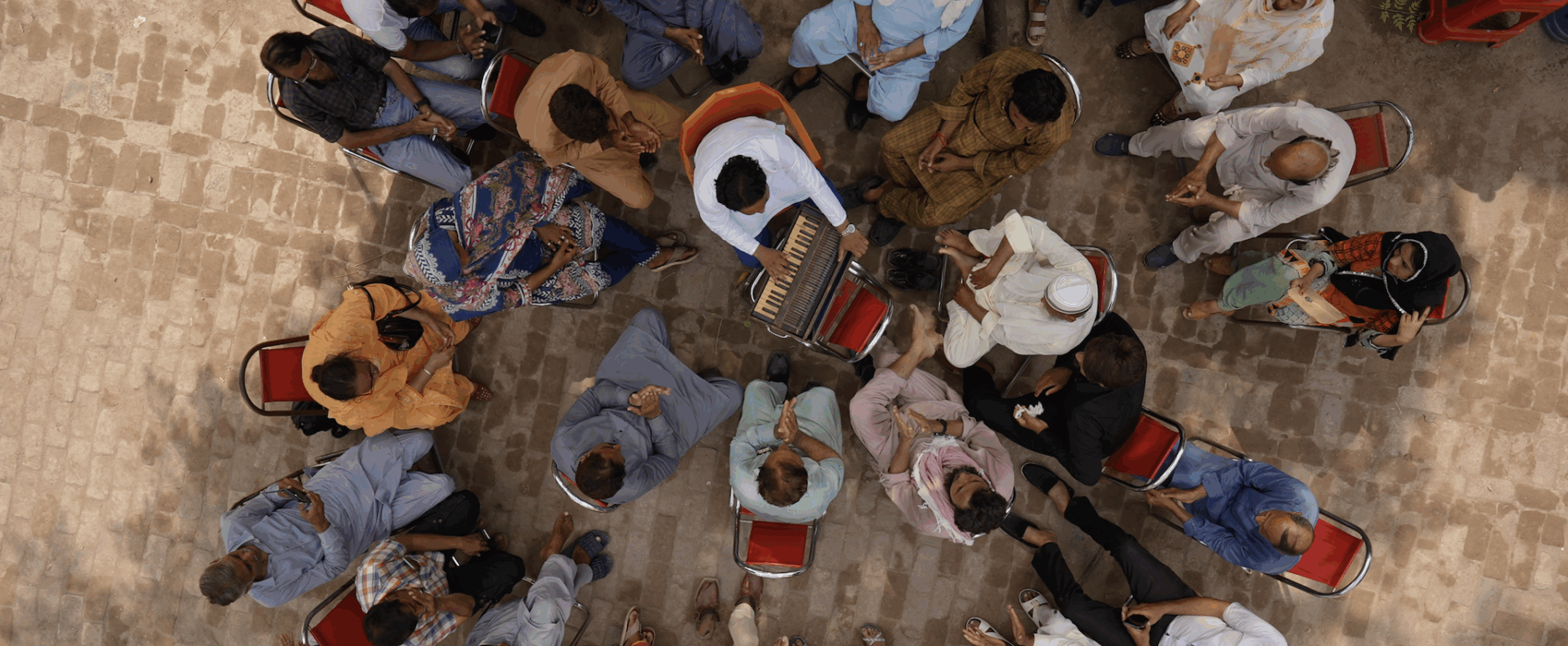
Reenactments of Lost Rhythms
Deeply resonant with thematic directions that shape the ninth edition of Colomboscope, this program brings together artistic positions that have previously been hosted and nurtured by its framework, alongside new ones that will be anchored in the upcoming edition.
© Basir Mahmood
